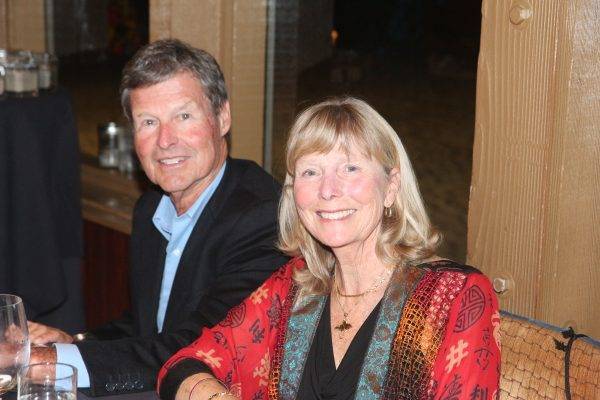
All the advancements in design and building are coming from the green sector
by Daniel M. Salzman
Green used to denote less-than-admirable traits such as envy, greed, loneliness, or just plain cold cash. Now, it is the color that defines a sea change of hopefulness and progress and awareness — awareness that there is a better way to go about our daily lives, from the way we eat, to the way we commute, and from the way we light and power our homes, to the way we dispose of our garbage.
As a green-builder certified by the U.S. Green Building Council, I spend a lot of my time explaining green strategies to clients.
There are three ways I’ve found to reach people who struggle with the cost of “going green.” I appeal to them first from the greater good perspective. Then I explain the health benefits of green construction and finish work. Lastly, I explain the impact of green on their wallets. This allied triumvirate of green benefits often defeats the axis of misinformation — that green is necessarily more expensive, harder to build, and only for modern-styled homes.
Six years ago I became alarmed at the amount of waste at construction projects. I am not talking about trash, though if you’ve walked a construction project you know that’s no small problem. I am talking about excess wood, packaging, paint, and plywood, right on down to nails and hardware. The planning and execution of a single family home had become, in my eyes, downright wasteful.
I started researching a new approach, which led me to the wonderful world of green. The devotees of building science and green design all shared one quality: passion. Passion to do things better, passion for innovation, passion to do something for the right reasons.
Since green-building is always developing, it is easy to catch up to what is going on. In a constantly evolving field, there is much opportunity. Learn, innovate, rinse and repeat.
All the advancements in design and building are coming from the green sector. LED light bulbs give off warm light, are dimmable, have no mercury, use 8 percent of the energy of old school incandescents (and half of CFL), and last up to 20 years. Now there’s a bright idea. Reuse washing machine, sink and shower water (it’s called greywater for a reason) for your outdoor irrigation. Your landscaping will be green and so will your wallet. Better insulation made of recycled cotton or plastic instead of fiberglass that keeps you warm in the winter and cool in the summer? It’s a no-brainer.
We have been building homes largely the same way for the last 75 years. All of a sudden everything from drywall to ducting is on the table. And I am telling you, even though the sexy stuff like solar panels and greywater systems get most of the headlines, it’s the small strategies that add up to big results. Attach a rain barrel to the end of your gutter downspouts and you’ve got free water you can use for your garden.
A major green principle is indoor air quality. That could mean repainting with no-VOC paints (they give off no harmful fumes and every major paint company now offers green lines of paint), or opening up your windows on a warm day to ventilate your house free. So unite people, and unplug those cell phone chargers while you’re at it.
Green products are far more available than ever. There are counter tops made of recycled everything – paper counters that are waterproof, heat resistant, and have a higher tensile strength than granite; recycled granite and concrete counters, recycled glass counters that are virtually indestructible, and even counters made from recycled cork or recycled polyester. Your old leisure suits can now have a second chance at relevance.
There are recycled tiles made of porcelain, clay, glass, or aluminum, and carpet made of fibers from recycled plastic bottles. You can choose wood flooring grown responsibly to prevent deforestation and with no harmful VOCs in the finish.
Green materials do not cost more and they are just as beautiful (and more interesting) than their conventional alternatives. I am just scratching the proverbial surface here. Know that there are green strategies for almost every part of your life.
The best part about going green is that it is a personal evolution. Even if you start small, you will notice the effect your changes make, whether it is changing to LED light bulbs, taking a shorter shower, or buying efficient appliances. Once you get going, you will want to tell the world of your experience, and up the ante in the process.
I can’t tell you how many clients at epOxyGreen come in to outfit their newborn’s nursery and end up becoming clients for the rest of their homes.
Once you see the efficiency, healthfulness, and long-term savings, the cost benefit analysis of green becomes overwhelming. And lest you think I am getting carried away here, just back it up and start small. Ask questions, and keep an open mind. It all starts with awareness.
Daniel M. Salzman’s company Evergreen Design Build, in Manhattan Beach, develops green homes, remodels, and retail environments. Salzman is a consultant for the epOxyGreen Design Center in Venice. ER









